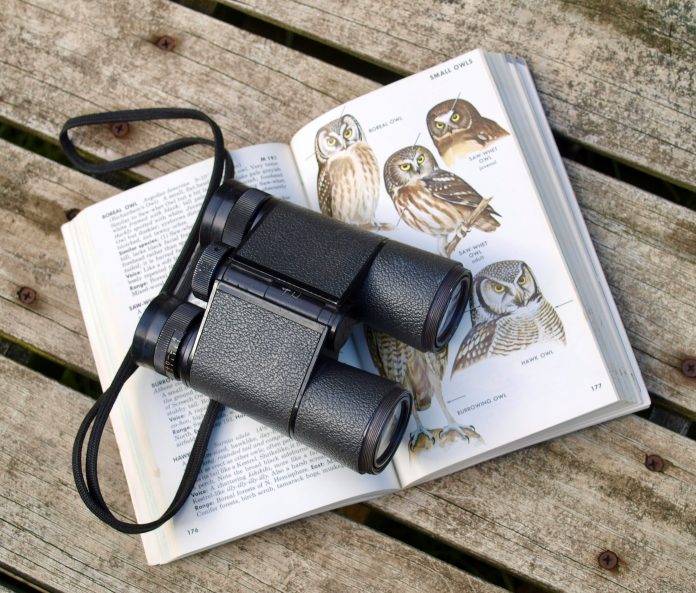The new City Nature YYC website will be online with information on the 2024 challenge (www.citynatureyyc.ca). The dates for the event are April 26 to 29. Follow @CityNatureYYC on Instagram. On May 6, local, national, and global results will be announced.
The Nose Hill checklist contains references to reptiles, fungi and lichen, amphibians, insects, shellfish, birds, and mammals. Sightings are in NW Calgary. This website features the chorus frog, the tiger salamander, the terrestrial garter snake, and more. There are 42 birds, among them hawks, blackbirds, sparrows, chickadees, starlings, wrens, geese, eagles, mallards, teals, kestrels, gulls, partridges, grebes, grouse, and vultures. Some other types are the northern flicker, downy woodpecker, and hairy woodpecker. The great horned, long-eared, and short-eared owls all appear in the list.
The May Plant Count is part of the annual May Species Count. The survey runs from May 25 to 31. The focus is on documenting the flowering status of native plant species across Alberta. This project promotes stewardship and appreciation of Alberta’s natural areas. As a citizen scientist, you will collect data to be used for conservation. Here are the basics. Enter the location of your plant. Upload a photo. Enter the date of the observation. Add a report about the flowering stage. Choose the appropriate stage from those listed. There are many ID guides and checklists (in print or flipbooks online). Observations can be made manually on a data sheet and then submitted by email or snail mail. You would need to sign up for the mailing list and then receive data sheets and instructions (https://naturealberta.ca/-may-plant-count). If you are submitting observations online you will join the May Plant Count project for the flowering codes to be displayed in the iNaturalist phone app (https://inaturalist .ca/projects/alberta-may-plant-count).












